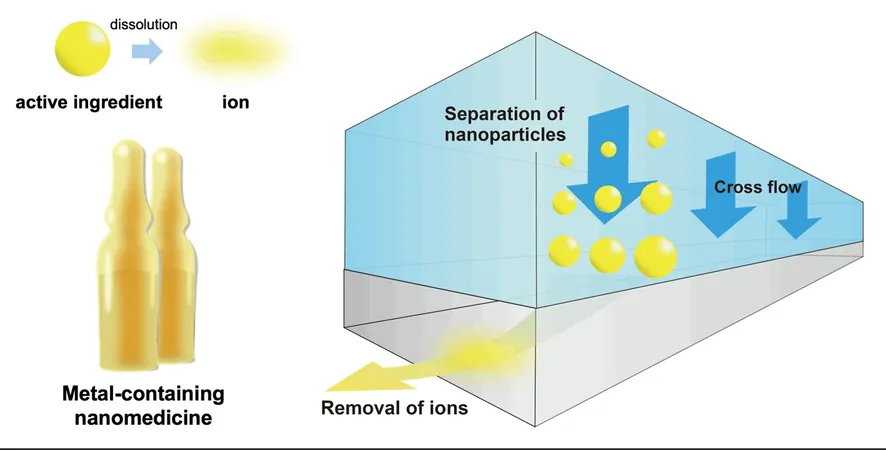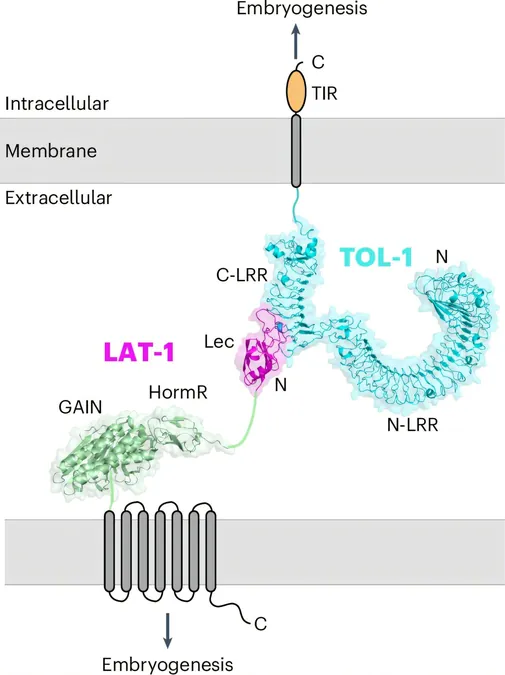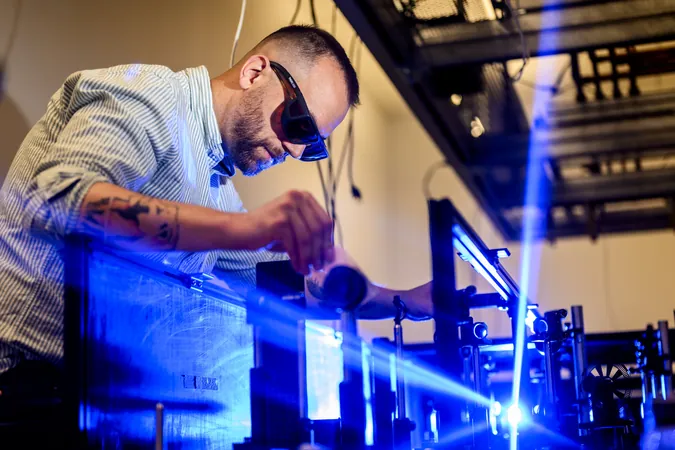
Revolutionizing Nanomedicine: A Breakthrough in Composition Analysis
2025-05-29
Author: Wei
The Future of Healthcare: Nanomedicines Take Center Stage
Nanomedicines, particularly those utilizing nanoparticles, are transforming the landscape of healthcare. These tiny particles, often made from metals like iron and gold, play multiple roles—from serving as contrast agents in medical imaging to acting as carriers for drug delivery and even nutritional supplements.
Unmatched Precision: The Promise and Challenge of Nanomedicines
Thanks to their unique properties, engineered with precision, nanomedicines can target areas in the body that traditional medicines struggle to reach. This capability holds immense potential for advanced cancer detection and treatment. However, these same features raise pressing concerns regarding safety and quality standards.
A Hidden Blind Spot in Pharmaceutical Guidelines
Current pharmaceutical regulations, including those set by the International Council for Harmonization (ICH), have a critical gap: they only assess the overall quantities of elements in a medication without differentiating between their various forms. This differentiation is vital, as different forms can exhibit distinct effects and toxicity profiles in the body.
Breakthrough Research: A New Analytical Technique
In response to this regulatory shortcoming, a research team led by Assistant Professor Yu-ki Tanaka at Chiba University has unveiled a groundbreaking analytical method. Published in the journal Talanta, their study introduces a way to individually quantify ions, nanoparticles, and aggregated particles within nanomedicines.
Co-authored by Yasumitsu Ogra and Sana Hasegawa, the research highlights how this innovative approach can enhance quality control for these advanced pharmaceutical products. Dr. Tanaka asserts, "By integrating a novel evaluation method addressing a previously overlooked issue, we can ensure the safety of metal-based nanomedicines like Resovist and Ferinject."
Combining Technologies for Unprecedented Insights
The team leveraged two existing technologies—Asymmetric Flow Field-Flow Fractionation (AF4) and Inductively Coupled Plasma Mass Spectrometry (ICP-MS). They utilized AF4 in a unique manner involving an initial "focus step" to sort particles. This innovative approach enabled the filtering out of the smallest dissolved particles (ions), allowing a clearer analysis of the remaining nanoparticles.
Once separated, ICP-MS was employed to determine the number and size of the nanoparticles, providing a comprehensive view that distinguishes between free metal ions, small hydroxide colloids, and various nanoparticle sizes.
Safety First: Promising Findings for Resovist
Their method was put to the test on Resovist, a nanomedicine used in liver imaging. The findings were reassuring: only 0.022% of the iron in Resovist existed in ionic form, a tiny fraction deemed safe. Additionally, the active nanoparticles measured under 30 nanometers, with no concerning large aggregates detected that could compromise the contrast agent's efficacy.
Implications for Future Cancer Treatments
This analytical technique holds special relevance as we explore new cancer treatments using gold nanoparticles and metallic particles for photothermal therapy. These advanced treatments capitalize on the "enhanced permeability and retention (EPR) effect," allowing nanoparticles to seep from blood vessels into cancerous tissues.
Dr. Tanaka emphasizes, "As many innovative nanomedicines utilize metal-based nanoparticles, providing reliable evaluation methods will boost their development and clinical utilization."
Beyond Pharmaceuticals: A Wider Reach
The implications of this pioneering approach extend beyond pharmaceuticals. It can also assess the safety of metal nanoparticles in food additives, cosmetics, and environmental samples—ultimately enhancing public health across diverse industries. The researchers demonstrated the technique's versatility by successfully analyzing both negatively and positively charged ions, showcasing its potential across a wide array of nanomaterials.




 Brasil (PT)
Brasil (PT)
 Canada (EN)
Canada (EN)
 Chile (ES)
Chile (ES)
 Česko (CS)
Česko (CS)
 대한민국 (KO)
대한민국 (KO)
 España (ES)
España (ES)
 France (FR)
France (FR)
 Hong Kong (EN)
Hong Kong (EN)
 Italia (IT)
Italia (IT)
 日本 (JA)
日本 (JA)
 Magyarország (HU)
Magyarország (HU)
 Norge (NO)
Norge (NO)
 Polska (PL)
Polska (PL)
 Schweiz (DE)
Schweiz (DE)
 Singapore (EN)
Singapore (EN)
 Sverige (SV)
Sverige (SV)
 Suomi (FI)
Suomi (FI)
 Türkiye (TR)
Türkiye (TR)
 الإمارات العربية المتحدة (AR)
الإمارات العربية المتحدة (AR)